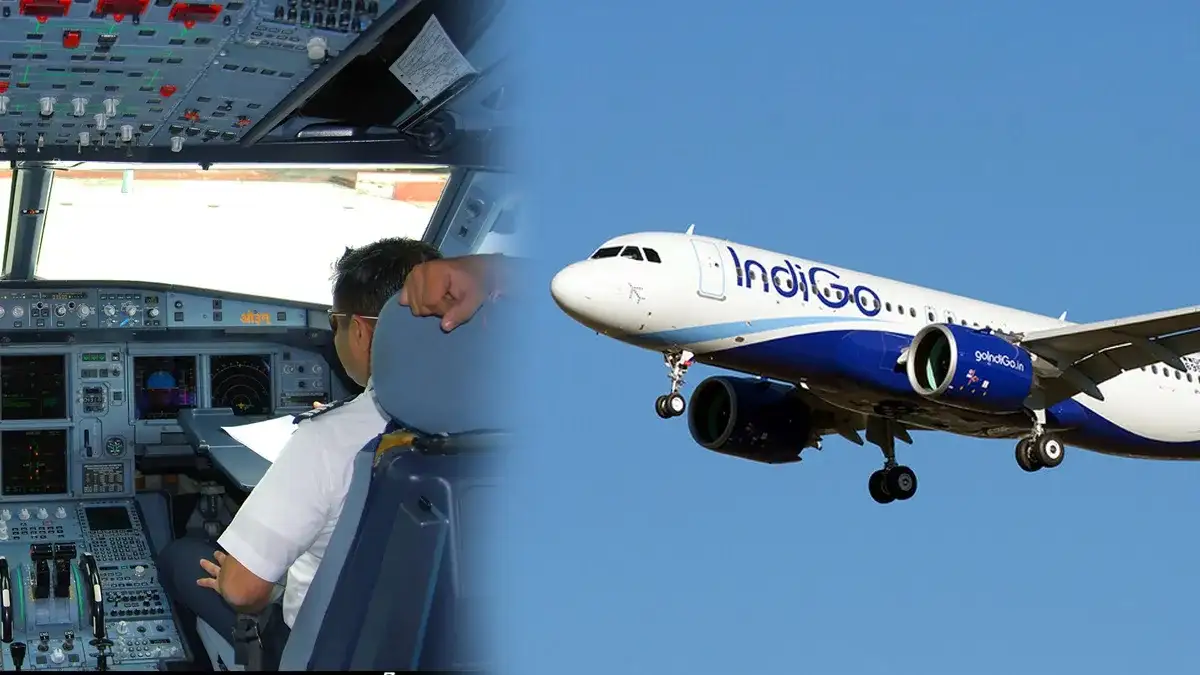About 100 nautical miles north of Bhubaneswar, on July 16, 2025, IndiGo flight 6E 6271, an Airbus A320neo on its way from Delhi to Goa, experienced an engine problem. At 9:27 PM IST, the pilot signalled an urgent but non-life-threatening situation with a “PAN PAN PAN” call. All 191 passengers and crew members were unharmed when the plane safely diverted to Chhatrapati Shivaji Maharaj International Airport in Mumbai, where it landed at 9:53 PM.
“PAN PAN”: What Does It Mean?
The international aviation distress signal “PAN PAN” denotes an emergency that does not immediately endanger human life or the aircraft. It is employed for problems like minor medical emergencies, low fuel, and partial engine failure. The French word “panne,” which means breakdown, is where the term comes from. In contrast to “MAYDAY,” which indicates a life-threatening situation, “PAN PAN” notifies ground services and air traffic control to get ready for help without needing to be called in right away.
The distinction between “PAN PAN” and “MAYDAY”
The main difference is how serious the situation is:
“MAYDAY”: For life-threatening situations like total engine failure, an onboard fire, or a drop in cabin pressure. It directs a prompt, comprehensive emergency response, which includes the deployment of emergency services and priority landing clearance.
“PAN PAN”: Denotes an emergency that needs to be addressed right away but does not immediately endanger life or the aircraft. Without the urgency of a “MAYDAY” call, it prompts air traffic control to offer priority handling and support.
Conclusion
Given the gravity of the engine problem in this instance, the pilot’s choice to issue a “PAN PAN” call rather than a full emergency was appropriate. Everyone on board was safe thanks to the prompt and well-coordinated response, which demonstrated the efficacy of aviation safety procedures and the significance of open communication in handling in-flight emergencies.









